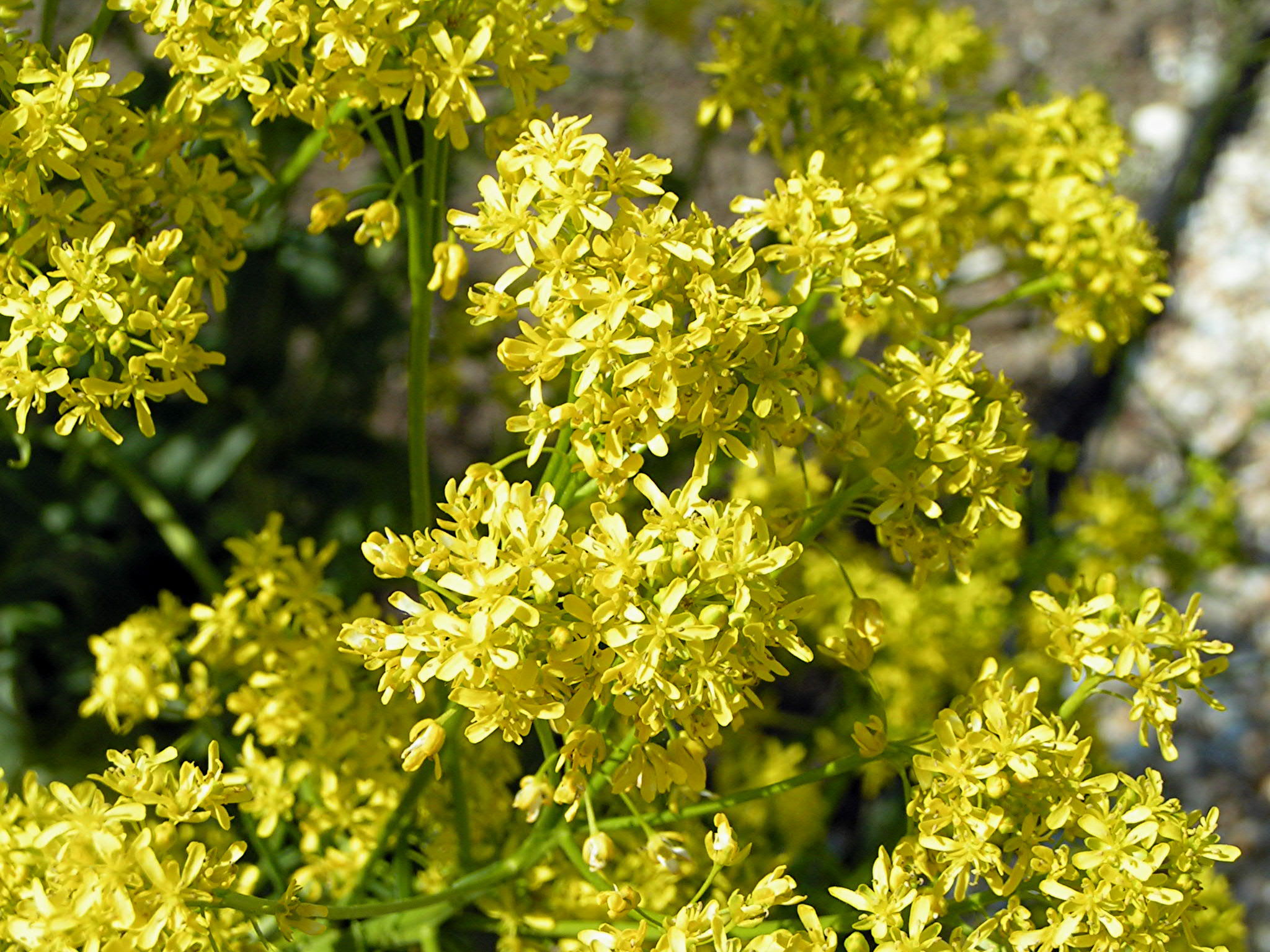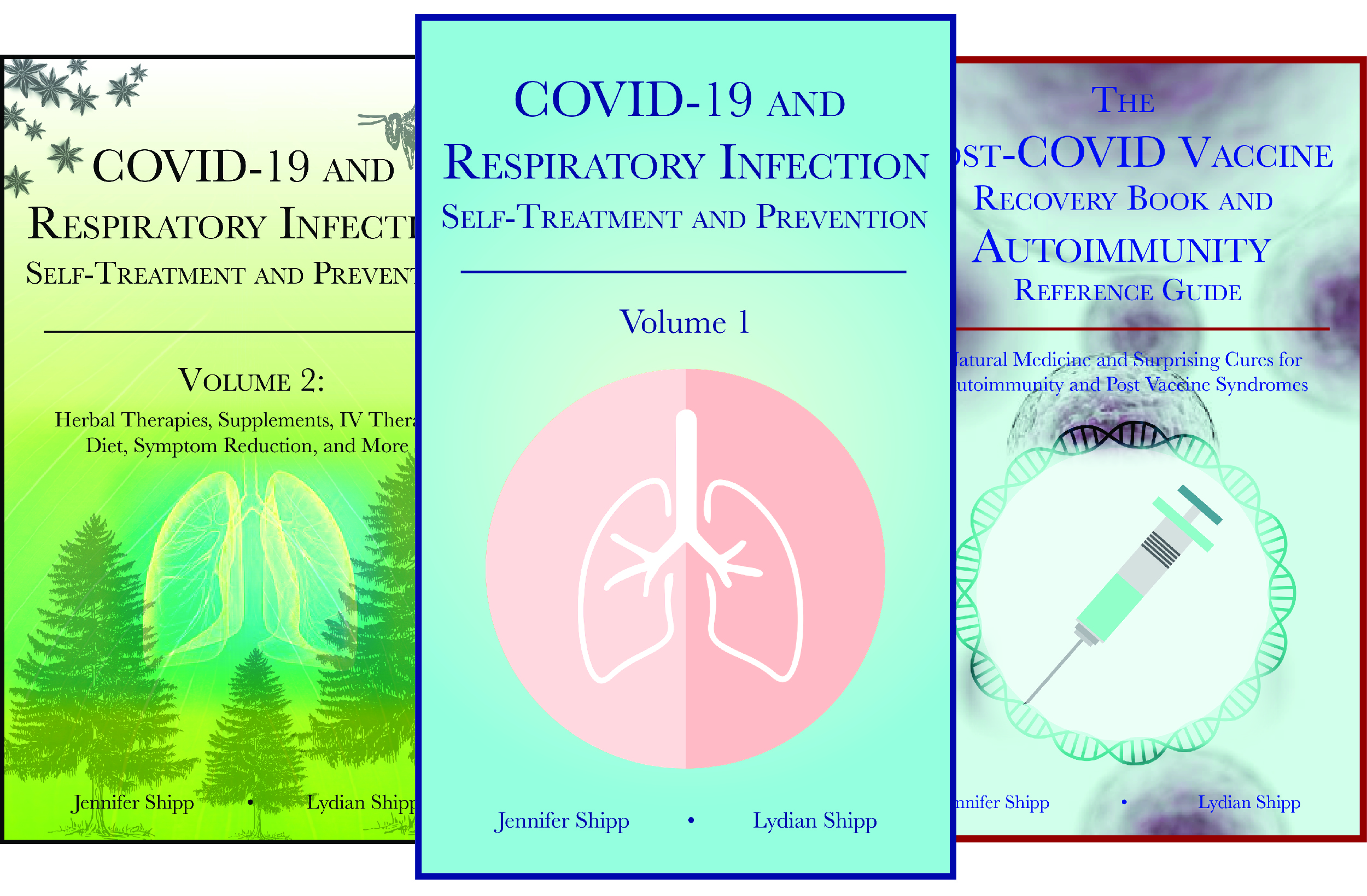
Herbal Remedy for Measles and More: Isatis indigotica
Woad has been commonly used throughout both Europe and Asia as an antiviral herb. It is also sometimes called Asp of Jerusalem, dyer’s woad, or glastum, and is sometimes referred to as Isatis tinctoria (a variety more commonly found in Europe). It also has a history as a dye to produce indigo blue shades for clothing and tapestries.Use of Woad in Traditional Chinese Medicine
Woad has been used for over 2000 years in China as a treatment for all kinds of illnesses, and even today continues to be a part of the TCM tradition. In TCM, the root of the Isatis indigotica plant is known as “Ban Lan Gen” while the leaf of the plant is known as “Da Qing Ye”, and both can be used medicinally (together or separately) for the treatment of different illnesses and diseases. In particular, this plant is known to be able to bring down a fever and stop a cytokine storm in patients who are suffering from viral or bacterial infection. Thus, it’s a common household staple herb for many families in China, and may be used to both treat infections as well as to prevent them in the first place. 2Woad leaves were also eaten as a primary food source during famine in China, as were second year closed flowers (which purportedly have a much stronger flavor). 2

Click here to buy Woad / Isatis indigotica / Da Qing Ye.
Some of the therapeutic uses of woad in TCM include the treatment of:- Viral hepatitis
- Hepatitis B
- Leukemia
- Chicken pox
- Measles, mumps, and rubella
- Scarlet fever
- SARS infections and other viral respiratory illnesses
- Influenza
- Meningitis
- Viral pneumonia
- Pseudomonas lung infections
- Tonsillitis
- Eye infections
- Laryngitis
- Hemorrhagic fevers (like ebola, yellow fever, and others)
- Liver cancer
- HIV/AIDS
Woad has also been used to treat psoriasis when applied to the skin. It is an antioxidant, detoxifier, and cyto-inhibitory herb with action against fungal infections, bacterial infections, viral infections, parasitic infections, and more. It is also an anti-inflammatory and anti-tumor agent. Woad can help heal the ulcerations of the mucosa and then regenerate mucus membranes for total overall healing.
Woad is a potentiator, meaning it can increase the effects of certain chemicals and medications in the body. Specifically, Isatis indigotica can make the effects of antibiotics and antiviral vaccines more powerful, so it should be used with great caution (if at all) if you’re currently taking antibiotics or if you’ve recently had an antiviral vaccine.

Click here to schedule a health coaching call with us.
Antiviral Activity of Isatis indigotica
Isatis indigotica contains various antiviral components, including (but not limited to) indican, isatin, indigotin, indigo, and indirubin. Each of these components may have greater success in treating a particular infection than others, however many of them have an effect on treating illness in various forms.Woad as a Japanese Encephalitis Treatment
Traditionally, woad has been used successfully to treat and cure Japanese encephalitis (JEV) infections. It is a fairly common treatment for this disease in China and East Asian countries. In the treatment of this viral infection, one study demonstrated that the alkaloid indirubin that is present in woad is likely primarily responsible for the antiviral activity against JEV. Japanese encephalitis has a 20-30% mortality rate for infected individuals, and between 30-50% of survivors have permanent neuropsychiatric issues as a result of the illness. Thus, any treatment for this virus is extremely important.One study regarding the efficacy of woad as a treatment for JEV demonstrated that certain components of the plant are indeed able to successfully kill the JEV virus with limited toxicity for surrounding healthy cells. In vitro, indigo and indirubin (both diluted in a solution that included saline and DMSO) showed the ability to reduce JE viral yield by 40% only 24 hours after treatment. During the in vivo portion of the experiment, the researchers showed that indirubin treatment in mice produced a significantly higher survival rate of 70% (in comparison with indigo treatment, 50% survival rate, and ethyl acetate extract, 20% survival rate) after 6 days of injections with the indirubin + DMSO + saline solution.
The same study concluded that in the treatment of JEV, woad and its constituents would be effective remedies for this viral infection. In particular, indirubin has potent virucidal activity against the JEV and can inhibit viral attachment and replication in the cells. Indigo also showed substantial activity against the JE virus.

Click here to buy Woad / Isatis indigotica / Ban Lan Gen powder.
Woad: Herbal Remedy for COVID
The antiviral activity of woad indicates that it would also be a valuable treatment for COVID-19. It has successfully been used for the treatment of other closely related viral infections, such as SARS-CoV-1, so it’s logical that this plant would also be an effective remedy for the closely related SARS-CoV-2 virus, otherwise known as COVID-19.One study from 2005 (shortly following the SARS outbreak of 2002-2004) examined the effects of woad in the treatment of SARS-CoV-1 viral infections. Specifically, the study looked at the effects of Isadis indigotica root extract as well as indigo, sinigrin, aloe emodin, and hesperetin, all phenolic compounds found in woad. Researchers identified that woad has effects that inhibit the production of SARS-CoV 3C-like protease, an enzyme essential for viral replication for the SARS virus. By selectively targeting this enzyme, replication of the virus is impossible and eventually the viral load will decrease.
This study showed that the complete root extract of Isatis indigotica was one of the most effective inhibitors of viral cell replication and death. Concentrated phenolic compounds sinigrin, and aloe emodin also showed increased viral inhibitory actions and subsequent cell death.
Hesperetin was determined to be one of the most powerful inhibitors of the SARS coronavirus due to its strong inhibitory activity against the SARS-CoV 3CL protease enzyme. Sinigrin is another antioxidant present in woad that was shown to have positive effects on the inhibition of SARS viral replication. It also has anticancer and anti-metastasis effects and has been shown to be antimicrobial, particularly when used in the treatment of Bacillus subtilis and Saccharomyces cerevisiae. This compound is also non toxic to human cells. Indigo, another compound in woad, was also shown to be significant in the inhibition of viral replication and is also nontoxic. Though all have noticeable antiviral activity, hesperetin and singrin were noted as being much stronger than indigo against the SARS coronavirus.

Click here to learn more and download the Living Database now.
Woad: Herbal Remedy for Influenza
Woad can also help prevent infection with various influenza viruses, including H1N1, H3N2, H9N2, seasonal influenza, and novel swine originating influenza. However, the extract used in this study was shown to be ineffective against respiratory syncytial virus (RSV), adenovirus 3 (ADV3), parainfluenza virus 3 (PIV3), and enterovirus 71 (EV71).The study demonstrated that against the influenza viruses mentioned above that woad can help prevent the virus from attaching to host cells, thus preventing replication from the beginning. This finding indicates that woad would be a valuable treatment for preventing influenza infections. The research also shows that the influenza viruses did not easily become resistant to woad.
Woad as a Cancer Treatment
In the treatment of chronic myelocytic leukemia, a concentrated indirubin extract from woad can lead to a 60% remission rate. In human trials done in China, the indirubin was administered orally to patients with this type of cancer at a dosage of 150-200mg daily.In a different study conducted in Taiwan, woad and its extracts were notably effective against human leukemia (HL-60) cells. The component known as ethyl acetate in woad was particularly effective as a treatment for leukemia, however indirubin and some other extracts may also have valuable cytotoxic activity.
Woad: Herbal Remedy for Arthritis
Woad is noted as an anti-pain therapy, particularly in Europe and North America, and it has also been used as a treatment for arthritis. One study in Spain proved that woad extract was able to help reduce swelling, inflammation, edema in the extremities, and cartilage damage in arthritic rats. The same study noted that the gastric mucosa did not suffer any damage during the 2 weeks of treatment with woad extract. As noted later in this section, woad should not be taken for longer than 3 weeks at a time. If you plan to use this herb as part of an anti-arthritis protocol, keep in mind that you will have to take a break after three weeks.
Click here to learn more about the DreamLight.app, a guided meditation and brain-entrainment tool.
Dosage of Woad for Viral Infections
When the actual plant is taken internally, woad root has a subtle flavor, while the leaf has a flavor similar to cabbage. Isatis indigotica is a part of the Brassica family of plants, which includes cabbage, broccoli, cauliflower, and others, so it stands to reason that all of these plants would have a similar flavor, particularly in the leaves.The preparation you choose should generally contain 2 parts of the leaf, and 1 part of the root of the plant for maximum benefit in most situations. However, for the treatment of acute conditions, the leaf comes more highly recommended, while use of the root is more effective in the treatment of chronic conditions (such as long haul COVID, for example).
Often, for the treatment of illness, adults may take between 1-2 grams daily of woad root. This amount should be taken throughout the day, such as 500mg in the morning, 500mg at noon, 500mg at 3pm, and the final 500mg in the evening. Work up to the higher dosage over the course of 4 days, starting with a dosage of 500mg, so that you can understand how your body reacts to the medicine.

Click here to learn more about the CDS / MMS Protocols Database.
Contraindications
Woad should not be used by people with an aspirin allergy because it contains constituents that are similar to those found in aspirin and may cause an allergic reaction or asthma attack in these individuals.1 People who are chronically or regularly taking medications including erythromycin, codeine, ciclosporin, or diazepam should also avoid using woad root until they stop taking these drugs. Do not take acetaminophen (aspirin) with or at the same time as woad root. Woad should also not be taken by patients with acute kidney disease or renal failure or by individuals who are currently on dialysis.Isatis indigotica may be used for up to 3 weeks, and then it’s necessary to take a break. The leaf tincture may cause nausea for some people, but otherwise no serious side effects have been noted in scientific studies.
Research into the safety of woad during pregnancy and breastfeeding is limited, so extra caution should be used and only with the guidance of a health professional. It may be used in small doses in children, again, with the advice of an experienced practitioner.
 COVID-19 and Respiratory Infection Self treatment and Prevention BUNDLE - Volumes 1, 2, and 3
COVID-19 and Respiratory Infection Self treatment and Prevention BUNDLE - Volumes 1, 2, and 3
Resources:
































